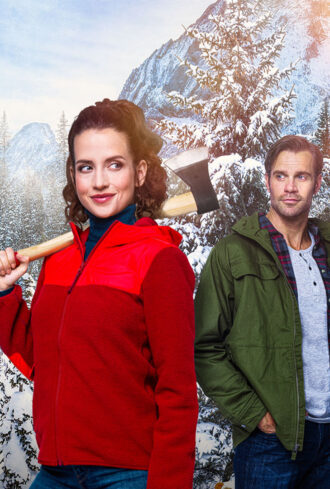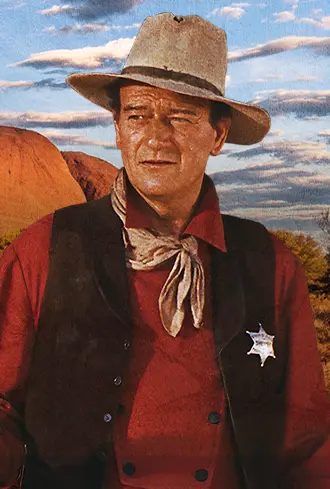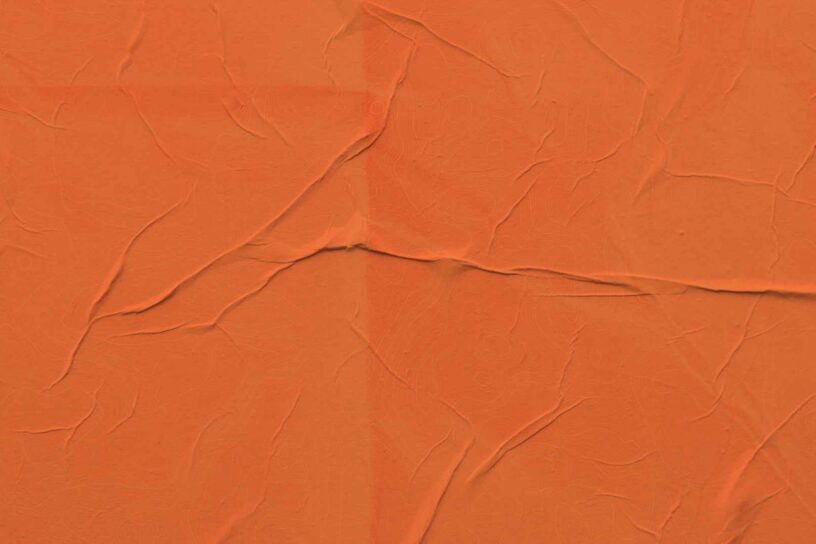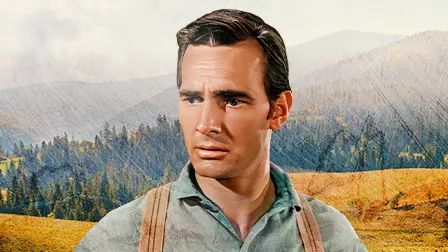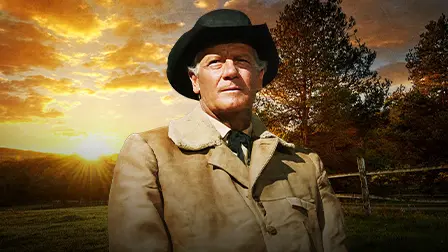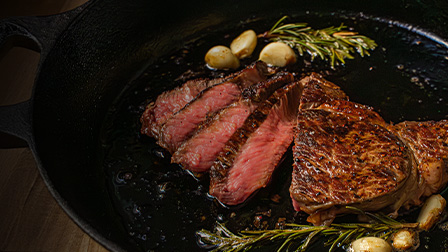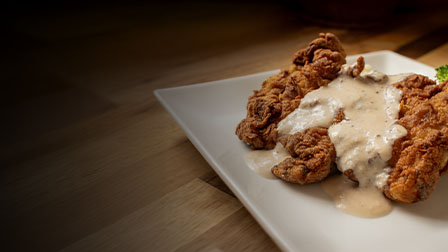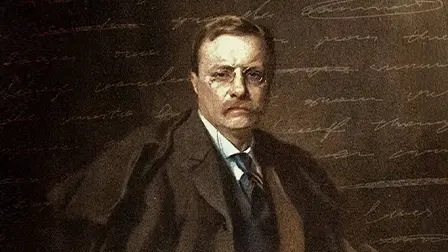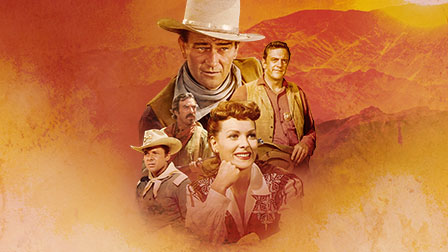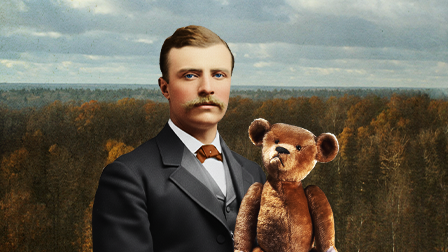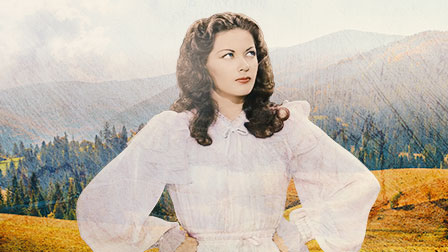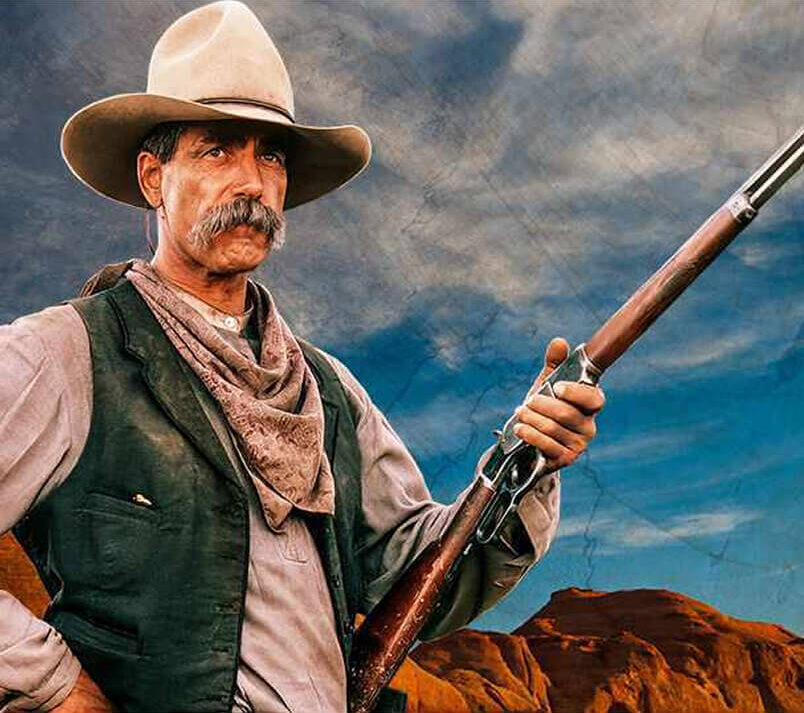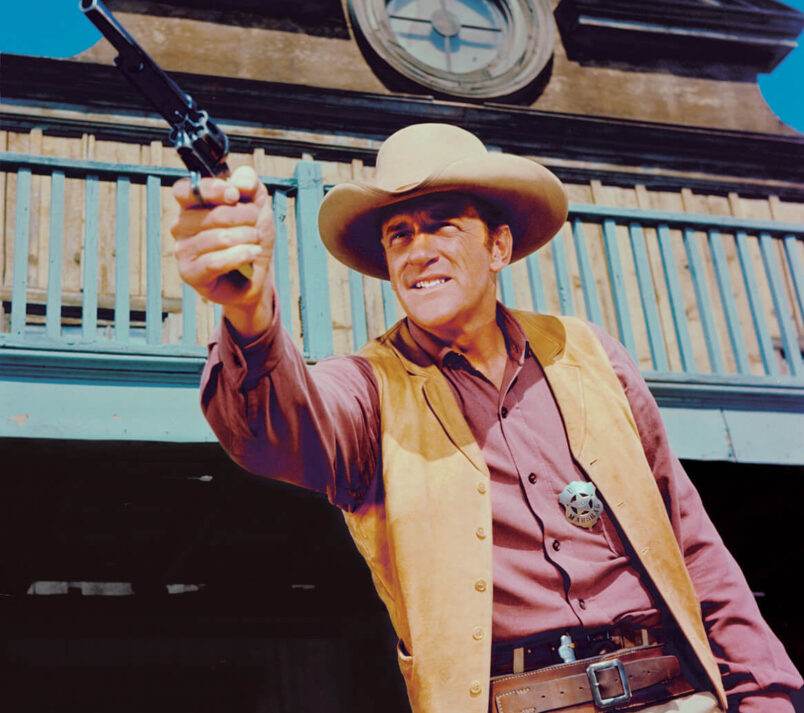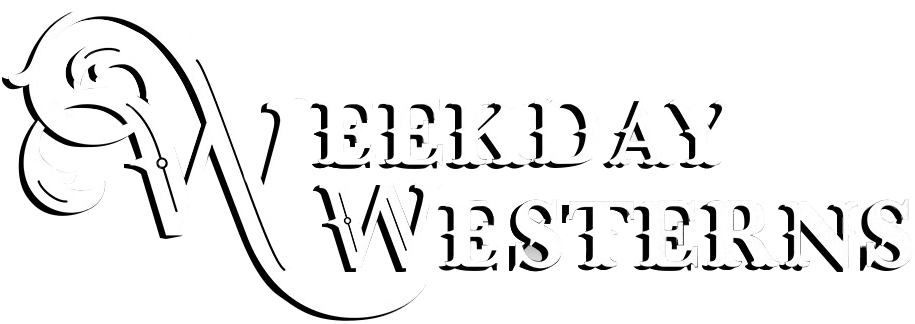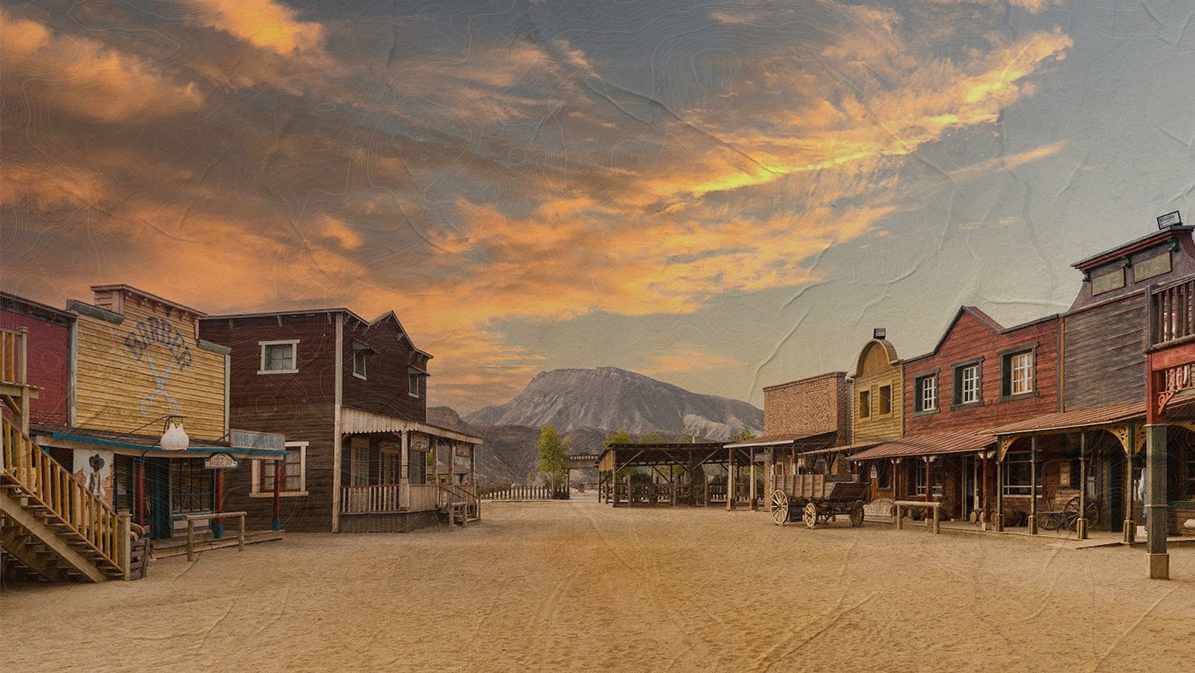When it comes to inventions that have an enormous impact on society, the steam locomotive revolutionized the world around it and was a game-changer for the Industrial Revolution.
The steam locomotive changed commercial transport forever, with cheaper, faster delivery of goods—creating more jobs; stimulating the economy; and making Westward expansion possible.
Most people never had the means or ability to travel beyond their own states—but with the steam locomotive, traveling great distances was easier and faster than ever before. Now, folks were able to find new jobs and start new lives.
Let’s see what made up the steam locomotive—the “Iron Horse” that could, and would, change everything. Westward ho!
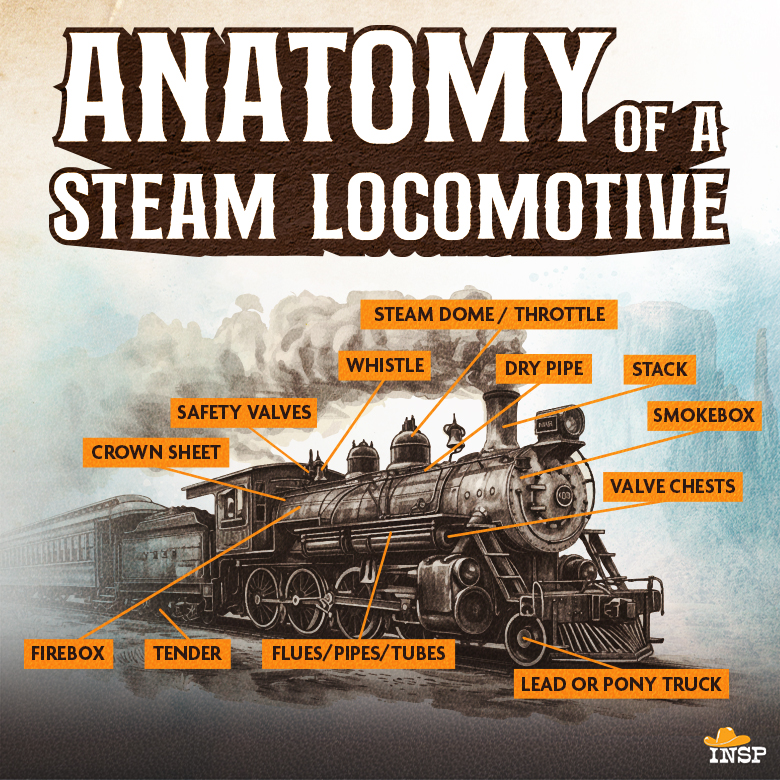
COMPONENTS OF A STEAM LOCOMOTIVE
FIREBOX:
If you want steam, it all begins with fire. In a locomotive, the fire rests on grates at the bottom of the firebox. Hot gases rise from the lower part of the firebox to the combustion chamber. Coal ash is disposed of by shaking the grates to the ashpan hopper. Ultimately, ashes are disposed of from the ashpan hopper at the end of the run.
FLUES/PIPES/TUBES:
The gases from the combustion chamber now enter an array of pipes also called flues or tubes. They enter the main part of the boiler, which is filled with water. Heat from the gases in the flues brings the water to a boil, making steam.
STEAM DOME / THROTTLE:
When the steam rises to the top of the boiler, it is collected in the Steam Dome. This is where the Throttle is typically located, and it regulates the flow of steam to the cylinders. (More modern locomotives located their throttles in the smokebox).
DRY PIPE:
In 1910, the dry pipe was created. This innovation carries the steam from the dome to a superheater through extra-large tubes, and then returns it to the cylinders. The use of superheated instead of saturated steam led to a 25-30 percent increase in efficiency for the steam locomotive.
SAFETY VALVES:
Since the boiler is highly pressurized, it can blow up if not properly managed. Safety valves help keep boiler pressure from getting too high by letting steam escape automatically.
CROWN SHEET:
The top of the firebox is called the “crown sheet” and it must be covered with water at all times. If the water levels fall too low, the crown sheet can be damaged by the fire’s heat, and the boiler can explode. Water gauges or glass in the cabin helped the crew monitor the water levels.
VALVE CHESTS:
The steam is delivered to the valve chests (one on each side) and as they move back and forth, they let the steam push the pistons. When they’re done, the valve moves to release the lower-pressured steam to the blast pipe in the smokebox.
SMOKEBOX:
The smokebox serves multiple exhaust purposes. It provides a draft for the fire by drawing the gases through the flues and into the smokebox. It also has a group of small steam jets called the blower to release hot gases when the engineer has the throttle closed. In addition, it collects partially burned particles of coal and throws them out of the stack as cinders, keeping it unobstructed.
STACK:
The combination of fresh air, exhaust steam, and gases is expelled through the stack. The sound of steam being discharged from the cylinders is what causes locomotives to make that distinctive “chuff chuff chuff” sound.
LEAD OR PONY TRUCK:
A small set of wheels (either one pair or two) in front beneath the smokebox. These wheels helped guide the locomotive into curves. A two- or four-wheel trailing truck was also placed at the rear to support the firebox.
TENDER:
This is where fuel (coal for most steam locomotives, oil for others, wood in the earliest days) and water were carried. It was a separate car semi-permanently coupled to the locomotive.
WHISTLE:
The whistle could be mounted on the dome in several different spots and was a safety measure to alert people that the train was leaving or arriving. It’s a hopeful sound that continues to speak to us as a symbol of freedom, nostalgia, and adventure.
Suggest a Correction
We strive for accuracy and fairness. But if you see something that doesn’t look right, click here to contact us!




